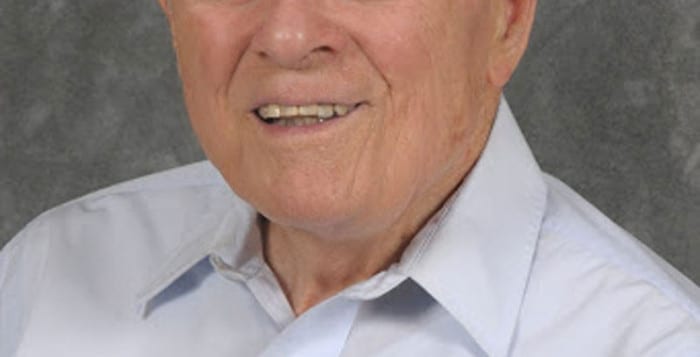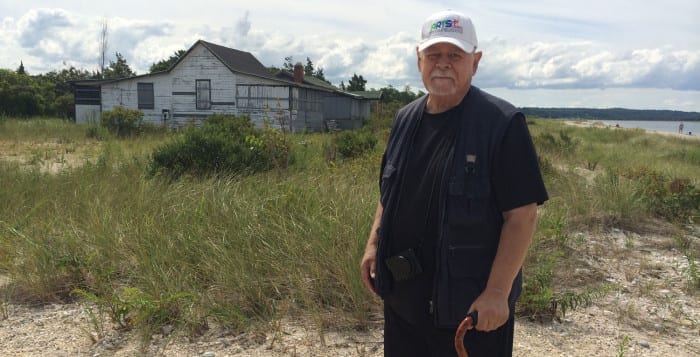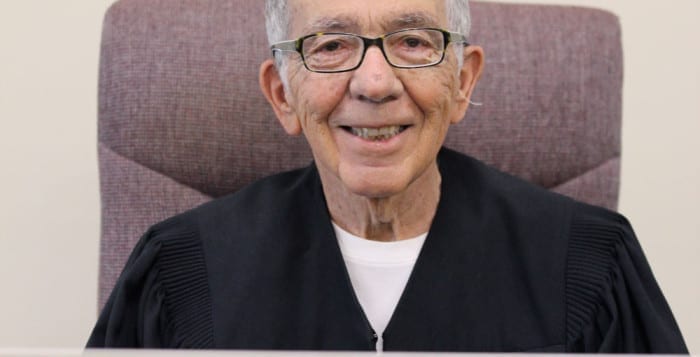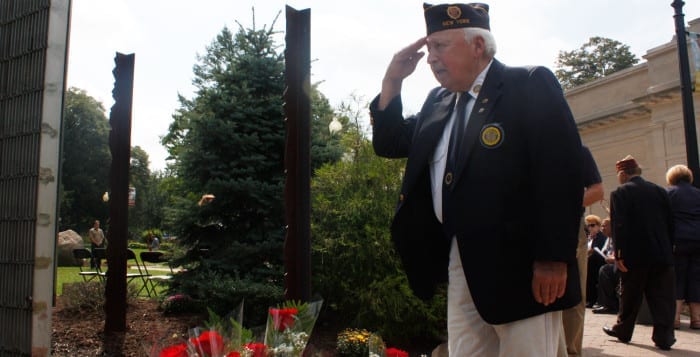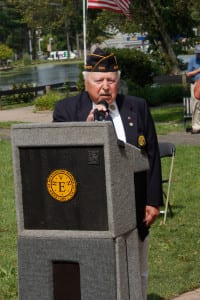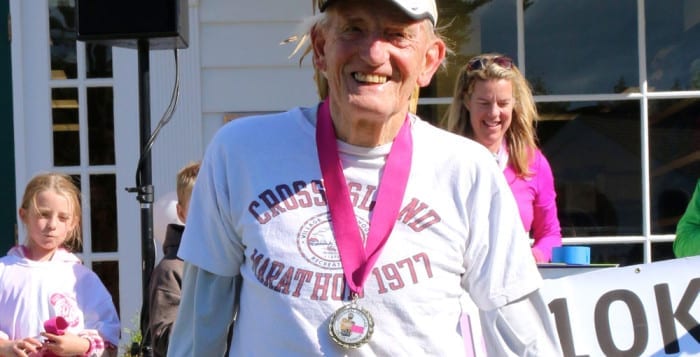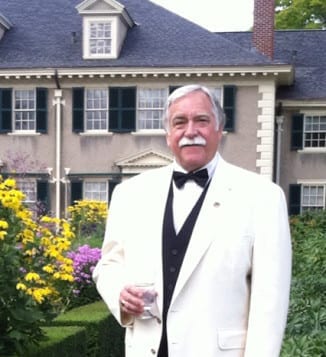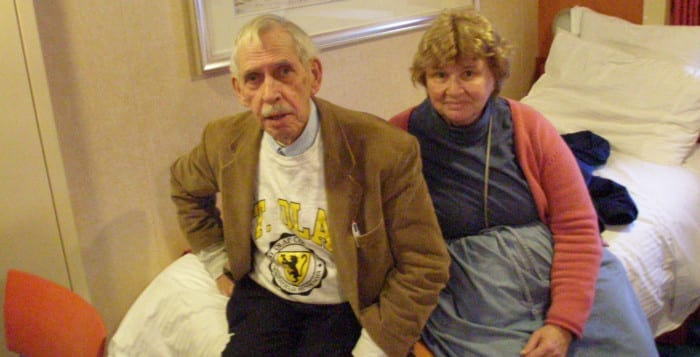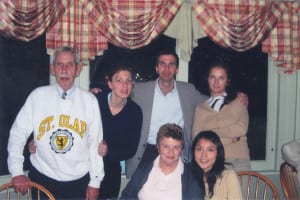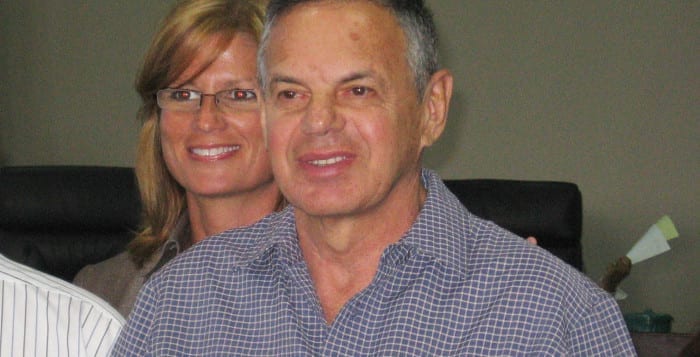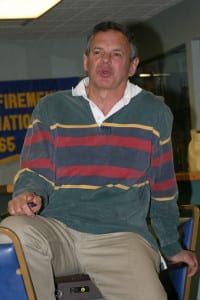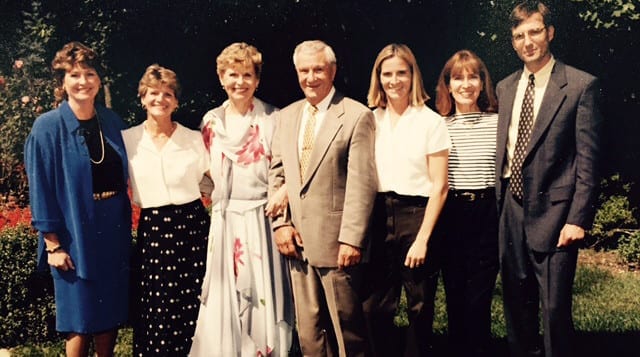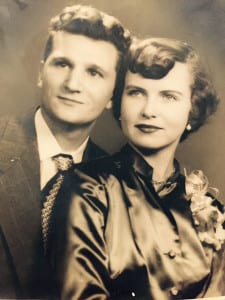Francis Truesdale Bonner died early in the morning of Monday, Feb. 15, at the age of 94.
A physical chemist, he spent most of his career as a professor at SUNY Stony Brook, before its name was changed to Stony Brook University. He was the founding chairman of Stony Brook’s distinguished Department of Chemistry.
Bonner was born in December 1921 in Salt Lake City, Utah, the youngest of seven children. His father, Walter Bonner, was head of chemistry at the University of Utah from 1914 until 1945. His mother, Grace Gaylord Bonner, had earlier been a teacher in Nebraska and maintained the household at a high cultural level, including the study of music and foreign languages.
The Bonner siblings studied at the University of Utah and went on to distinguished scientific careers at Cal Tech, Penn, UC San Diego, and other institutions.
Bonner took his undergraduate degree from Utah in 1942 and proceeded to Yale for doctoral work in chemistry, with Herbert Spencer Harned as his advisor. At that time, in the middle of the Second World War, highly trained scientists were in great demand. Accordingly, Bonner entered an accelerated program, taking a master’s in 1944 and a Ph.D. in 1945, with a dissertation on the thermodynamic properties of carbonic acid in aqueous solutions of sodium chloride.
In 1944, meanwhile, he found himself at Columbia University in the top-secret Manhattan Project, working on the development of metallic materials suitable for use as diffusion barriers for uranium hexafluoride and on the interaction of these materials with uranium hexafluoride itself and also with other corrosive gases.
Like many Manhattan Project scientists, he was generally aware of the project’s goal, but when the first atomic bomb exploded over Hiroshima, he was surprised at the way the weapon had actually taken form. In the following period, Bonner had a leading role in the Association of Manhattan Project Scientists, concerned with maintaining this dangerous discovery within political and humanitarian bounds.
During those days in New York, Bonner met Evelyn Hershkowitz, a Hunter College graduate then working for the Manhattan Project. They married in January 1946 and moved to Oak Ridge Tennessee, where they both worked at Clinton Laboratory, soon renamed Oak Ridge National Laboratory.
In 1947, they moved to Long Island, where Bonner took a position with the brand-new Brookhaven National Laboratory. This environment was entirely to his liking, but problems emerged with FBI demands for security clearances. Bonner himself came under no suspicion, but several colleagues, who afterward remained lifelong friends, fell afoul of the emerging McCarthyite agenda.
As these colleagues left Brookhaven, Bonner took a position as assistant professor at Brooklyn College. In 1956 he took up a Carnegie Fellowship at Harvard, and after that a consultancy with Arthur D. Little in Cambridge. Those days also saw the publication of his textbook, co-authored with Melba Phillips, “Principles of Physical Science.”
In late 1957, Bonner received an offer to join the brand-new State University College on Long Island, located in Oyster Bay but due to transfer soon to a site in Stony Brook donated by the philanthropist Ward Melville.
He accepted the offer and became the first chair of chemistry. He took a leading role in recruiting faculty in related areas, especially physics. His main focus, however, was on building a new chemistry department, and he recruited a youthful team that gained international recognition. In those days, academic talent and academic positions were both relatively abundant, and the State of New York contributed substantially to the project.
On the ground, however, quarrels emerged over the new institution’s direction and identity. Bonner took his part in those quarrels while maintaining his priority of building his department. His many new hires included Paul Lauterbur in 1963, who was then engaged in research on nuclear magnetic resonance, which resulted afterward in the universally-used technology of magnetic resonance imaging, for which Lauterbur received the Nobel Prize in Medicine in 2003.
With his family, Bonner spent the academic year 1964-65 with a National Science Foundation senior postdoctoral fellowship at the Centre d’Etudes Nucleaires in Saclay, France, near Paris. He then returned to the chairmanship at Stony Brook. When he stepped down in 1970, the department had grown from a handful of faculty and staff into one of the most important and productive units in the discipline, housed in a spacious, brand-new, state-of-the-art building.
Bonner returned to the laboratory, mentoring graduate students and authoring and co-authoring articles on nitrogen chemistry, including the small, toxic molecule nitric oxide, which has a role in mammalian physiology. His co-authors included the British scientists Geoffrey Stedman and Martin N. Hughes. From 1983 to 1986, he served as dean for international programs, developing programs for teaching and research, and traveling to Europe, East Asia, and Latin America. He then returned to full-time teaching and research until his retirement at the age of 70 in 1992.
Bonner and Evelyn had three children, Michael, born in 1952, now of Michigan; Alisa, born in 1955, who died in 1974; and Rachel, born in 1957, now of Israel. Evelyn died in 1990.
As Bonner entered retirement soon afterward, he continued to do consulting work, but devoted himself mainly to nonscientific pursuits, especially music. He had played the violin since his Utah childhood, and had taken up the viola in his early 40s. He played in a variety of venues and groups, and in this way he met Jane Carlberg, a violinist from Andover, Connecticut. The two married in 1994 and remained together in the waterside house in Setauket that Bonner had owned since 1972.
Bonner enjoyed hiking and bicycling and had a deep love of nature. His many friends appreciated his sense of humor, which remained with him right to the end. He spent the last six months of his life at Sunrise Senior Living, East Setauket, and died peacefully of pneumonia at Stony Brook Hospital.
A memorial service will be held at noon on Sunday, March 6, at the Bates House in Setauket.

